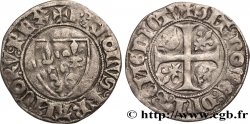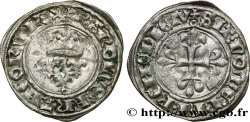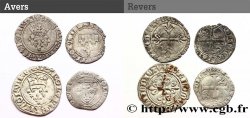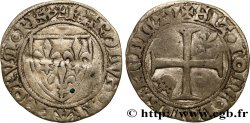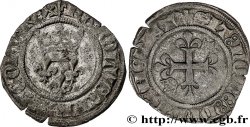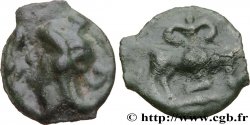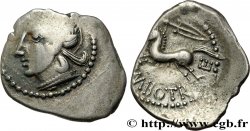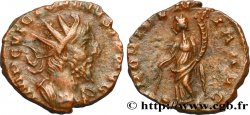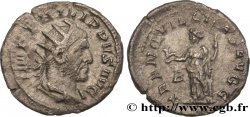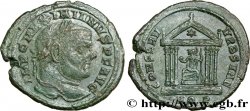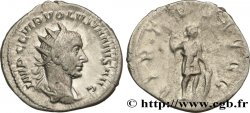Live auction - bry_506237 - CHARLES VI LE FOU ou LE BIEN AIMÉ / THE BELOVED or THE MAD Agnel d'or n.d. Paris
You must signin and be an approved bidder to bid, LOGIN TO BID. Accounts are subject to approval and the approval process takes place within 48 hours. Do not wait until the day a sale closes to register. Clicking on "BID" constitutes acceptance of the terms of use of cgb.fr private live auctions.
Bids must be placed in whole Euro amounts only. The sale will start closing at the time stated on the item description; any bids received at the site after the closing time will not be executed. Transmission times may vary and bids could be rejected if you wait until the last second. For further information check the Live auction FAQ
All winning bids are subject to a 18% buyer’s fee.
All winning bids are subject to a 18% buyer’s fee.
| Estimate : | 1 500 € |
| Price : | 900 € |
| Maximum bid : | 950 € |
| End of the sale : | 04 December 2018 15:34:07 |
| bidders : | 1 bidder |
Type : Agnel d'or
Date: 10/05/1417
Date: n.d.
Mint name / Town : Paris
Metal : gold
Millesimal fineness : 958 ‰
Diameter : 23,5 mm
Orientation dies : 1 h.
Weight : 2,52 g.
Rarity : R2
Coments on the condition:
Cet agnel est frappé sur un flan large et irrégulier. Exemplaire présentant quelques faiblesses de frappe
Catalogue references :
Obverse
Obverse legend : + AG'N: DEI: QV TOL'L: PECAT: MVDI: MISE: NOBIS, (M ET N ONCIALES, PONCTUATION PAR DEUX ANNELETS SUPERPOSÉS).
Obverse description : Agneau pascal à gauche, une des pattes antérieures relevée, la tête tournée à droite et nimbée, devant une croix tréflée avec un gonfanon qui coupe la légende à l'exergue et repose sur un groupe de trois points, le tout dans un polylobe bouleté interrompu en bas par K: F-RX.
Obverse translation : (Charles, roi des Francs ; agneau de Dieu qui enlève les péchés du monde, prends pitié de nous).
Reverse
Reverse legend : + XPC* VINCIT* XPC* REGNAT* XPC* IHPERAT, (N ROMAINES ET RÉTROGRADES, PONCTUATION PAR UNE ÉTOILE À CINQ RAIS).
Reverse description : Croix trifoliée avec une rose à cinq pétales dans un quadrilobe anglé en cœur, cantonnée de quatre lis, le tout dans un quadrilobe anglé cantonné de sept petits lis et d'un groupe de trois points posés en triangle.
Reverse translation : (Le Christ vainc, le Christ règne, le Christ commande).
Commentary
Cette monnaie, avec sept lis et un groupe de trois besants cantonnant le quadrilobe anglé du revers, est une variante non recensée dans les ouvrages de référence mais n’est pas si rare que cette absence de référencement pourrait le laisser penser.







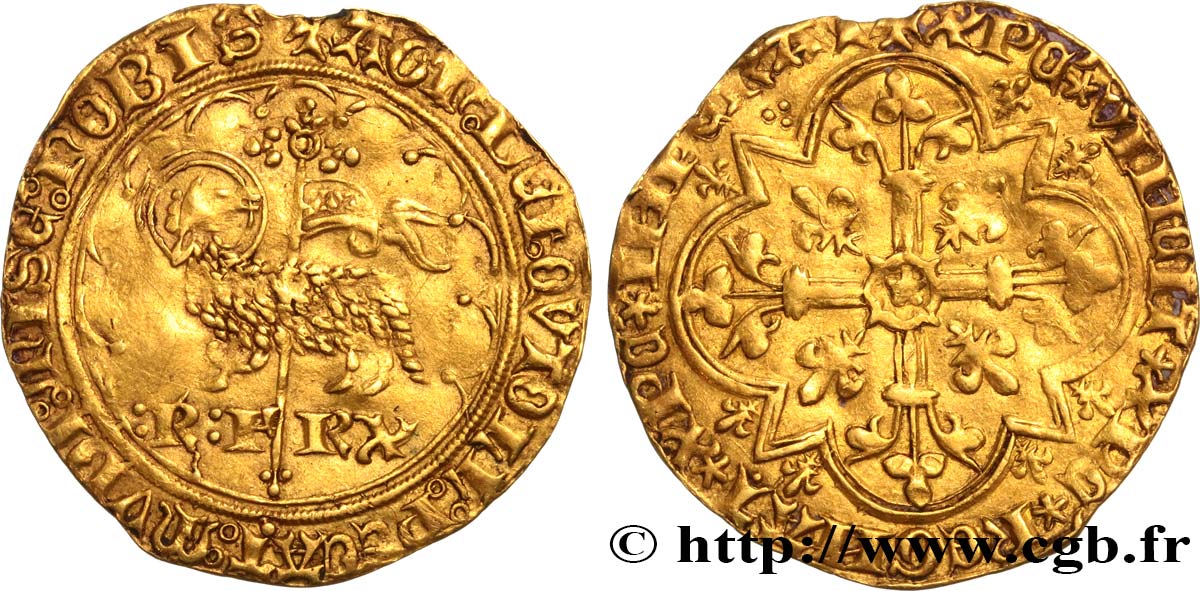
 Report a mistake
Report a mistake Print the page
Print the page Share my selection
Share my selection Ask a question
Ask a question Consign / sell
Consign / sell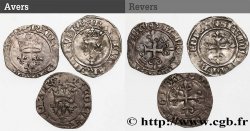
 Full data
Full data